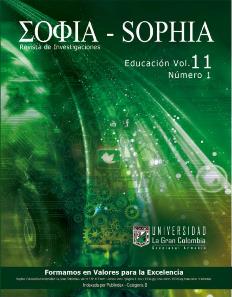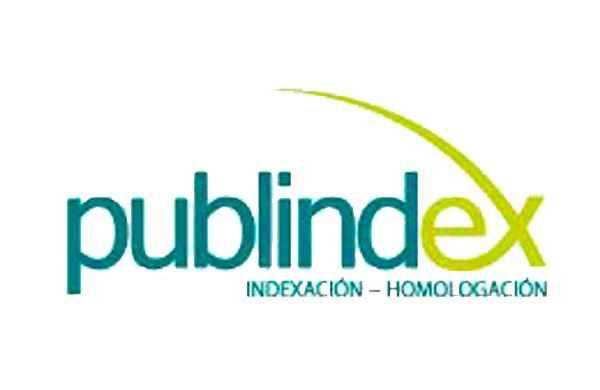Arts and game in creative development of university teacher
Keywords:
Arts, creativity, teacher, education, game
Abstract
The fundamental purpose of this article is to analyze contribution by arts and game to education performance within a global environment of academic practice. In so doing, we analyzed contents of such theories stated by Vigotsky, Gardner, Eisner, Winnicott and Nussbaum. The main outcome surges from explanation of creativity as an educative connection to approach the context to the interior world of individuals. It was possible to infer five epistemic pillars related to education and the world of life, allowing possible findings which determine better understanding of teacher task, and facilitate his/her role by including arts and game in cognitive process: They are: Education for creation of new worlds; game and recreation of realities; symbols and creation; emotional development, and creativity as a product of artistic activities. He conclusion drawn from the study was the need of thinking that mind is built on experience, and, when enriched by game and arts allows to contextualize knowledge with emotional development; this educative situation makes creativity to express the sense of appropriation by people of the world they live in, otherwise, just adaptation and transference would exist.Downloads
Published
2015-01-15
How to Cite
Ramírez Tarazona, J. V. (2015). Arts and game in creative development of university teacher. Sophia, 11(1), 53-68. Retrieved from https://sophia.ugca.edu.co/index.php/sophia/article/view/299
Section
Artículos de investigación
Creative Commosn Licence 4.0








